
Exercise Report : BLUE FLAG 2019 - Ovda, Israel
Exercise BLUE FLAG 2019 - Ovda Airbase, Israel
Hans van Dijk reports on the 2019 multinational Blue Flag exercise hosted by the Israeli Air Force at Ovda Airbase, Uvda Region, Israel.
Israeli Air Force Exercise
Every two years, the Israeli Air Force hosts a significant military drill known as ‘Blue Flag’. The first Blue Flag took place in 2013 and was designed to be the largest international exercise of its kind by Israeli standards. Since then, the publicity it has gained is largely due to its international character. This year the United States, Greece, Germany and Italy — each of which had participated in previous Blue Flag drills — sent air crews to Israel ahead of the exercise. Other countries were also planning to send smaller teams to observe the drill, but did not participate, according to IDF spokesmen.
Combined, the different air forces contributed approximately 40 jets for the exercise that ran from 3rd to 14th of November.
- Participating squadrons and aircraft of Blue Flag 2019 were:
- Germany:
- Taktisches Luftwaffengeschwader 71 "Richthofen" from Wittmund – 6 Eurofighters
- Greece:
- 335 Mira from Araxos – 4 F-16s
- Italy:
- 32° Stormo from Amendola – 6 F-35s;
- 37° and 4° Stormo, from Trapani and Grosseto – 6 F-2000s
- USA:
- 480th Expeditionary Fighter Squadron, 52 TFW from Spangdahlem, Germany – 12 F-16s
- Israel:
- 30 fighter jets (including F-15s, F-16s and F-35s) from various squadrons, as well as helicopters,unmanned aerial systems, a Boeing 707, and G550 CAEW aircraft
As in earlier editions, Blue Flag 2019 took place at Ovda Airbase, which is located in the Uvda region in the southern Negev desert, about 60 kilometers north of the city of Eilat, down on the Red Sea. As mr. Tal Herman, Head of the Blue Flag management team, Israeli Air Force retired, explained at the press conference on November 11th, “Uvda is the place to be because it offers the proximity of extended aerial playground and ranges”. In order to fly unrestrictedly, all airspace ranging from Tel Aviv to Uvda was off limits for all other civil and military aerial traffic during the exercise.
Moreover, Uvda has the needed GCU (Ground Control Units) for briefing and debriefing and is home to the 115 “Flying Dragon” Squadron, that specializes in enemy tactics and being the enemy in Israeli fighter jet exercises, as well as ground operatives who will control a range of enemy weaponry such as missile launchers.
Red vs. Blue Forces
The storyline guiding the Blue Flag exercise is based on two fictional neighboring countries, one blue and the other red (Israeli jets playing the enemy). The scenarios included large aircraft formations, including fighter jets, RPAVs (Remotely Piloted Aerial Vehicles), transport aircraft and helicopters.
The blue force's mission during the first week of the exercise was protecting Israel's skies against various enemy threats. During the second week, the blue forces took off to attack targets in red force territory. The blue forces had to utilize everything at their platforms' disposal in order to perform their mission successfully. The F-35 brings a significant advantage to the theatre, which allows the other aircraft to carry on with their missions while handling oncoming threats.
The red force was made up of the Israeli Air Force's aggressor squadron – the 115 "Flying Dragon" Squadron – and the Air Defense Array's Yahalom (Patriot) batteries, which emulated advanced SAM systems.
Goals of Exercise Blue Flag
The Blue Flag exercise is of high strategic importance and has a significant influence on the international strategic plans of the State of Israel. In a statement, the Israeli Air Force said that the goal of the exercise is to simulate extreme war and coalition flight scenarios in the most realistic manner. The subjects this year were closer to real combat and quite complicated, including air-to-air battle, air-to-ground battle and ground-air missile threat response. The Israeli Air Force and its foreign counterparts flew tens of times to simulate ground-air battle scenarios and collect information for joint response to ground-to-air missiles and joint operations on enemy territory. Israel’s military exercises in recent years have become increasingly realistic.
Another significant goal of this year’s Blue Flag was combining fourth- and fifth-generation planes and to train and understand the fifth generation F-35 stealth fighter. This new type of aircraft participated for the first time. Both Israel and Italy send their new F-35s to Uvda.
Mr. Tal Herman explained that this made Blue Flag 2019 “advanced, because this is the first time that fifth generation aircraft – the Israeli F-35 and the Italian F-35 – are taking part. We focused on integrating these planes and linking them up with fourth-generation planes, like F-15s and F-16s, and the German and Italian Eurofighters”. The introduction of the F-35 to the exercise helped making that task easier since the international aircraft all have NATO Link 16 communications system installed onboard – a system the Israeli AF did not have previously, until the arrival of the F-35, which comes with the system installed. This means that for the first time, Israeli jets connected to the NATO Link 16 network.
Israel has the F-35, called Adir (“Mighty One”) in Israeli service, since 2016 and used it in combat in 2018. Currently the IAF has 14 F-35 Adir aircraft and is expected to receive from the US a total of 50 planes to make two full squadrons by 2024. The F-35 is of great importance for the Israeli Air Force and national defense. It has been called stealth warplane because of its good stealth performance against regular radars and the ability to fly at hypervelocity while carrying ammunition. After it was commissioned to real combat by Israel in 2018, the warplane has flown to Syria and Lebanon as well as Iranian hinterland without triggering early warning of the local air defense system. Although some military experts claimed earlier that it would take some time for F-35 to merge with Israel’s military communication and weapon system, it seems that Israel is already capable of integrating the warplane with its existing combat system and turning its performance advantages into combat force. A direct purpose of the Blue Flag exercise was reinforcing that capability and cooperating with the US and other countries to regularize the combined use of F-35 in real combat.
A challenging aspect of sending F-35s to Uvda, Tal Herman explained, was that Uvda has several HAS (Hardened Aircraft Shelters) in which aircraft are parked. As the F-35 jet is considerably tall, it does not fit into the Israeli Air Force's standard HAS design. To house the Adirs from the 140 “Golden Eagle” Squadron from Nevatim airbase at Uvda, some of the HAS' concrete had to be sawn off in order to make the entry compatible with the F-35. This means that Ovda is now capable of housing the F-35 in addition to their home base in Nevatim. Not all Israeli airbases are capable of doing so.
Apart from direct purposes (simulate real war flight scenarios and combining fourth and fifth generation aircraft for the first time), Blue Flag also serves two strategic goals:
The first one was maintaining overwhelming air force superiority in the region. Israel has superior national defense and military forces in the Middle East. Its air force made a special point of safeguarding its security through the inter-generational performance advantage of weapons. However, one of its F-16s was shot down by Syrian air defense troops in February 2018, and during its air raid of Syria, Russia delivered the S-300 air defense missile system to Syria, a threat that can undermine Israel’s air superiority. Moreover, Israel believes in “attack is the best defense”. When its superiority over regional rivals is weakened, it deems it a necessity to upgrade its weapons and enhance their capability through realistic training.
The second is imposing pressure on Iran. Israel always takes Iran as the main threat in the region, which is in grave tension right now due to the escalation of the Iranian nuclear issue. After the US cut its military commitments in the Middle East, Israel has felt a growing sense of insecurity concerning Iran, so its military has continuously increased the defense budget justified by the mounting threat it is seeing in Iran. For instance, Israeli Prime Minister Netanyahu proclaimed: “Iran is trying to besiege and threaten Israel”. F-35 warplanes can penetrate Iran's technologically backward air defense network and attack its hinterland.
Mutual cooperation
Tal Herman said that the opportunity to gain mutual experience and cooperation is very important. One method some air forces have used to facilitate learning from each other is a squadron exchange. This exchange also builds personal ties and mutual respect for the abilities of each Blue Flag participant.
On the professional-technical level, the drill challenges the foreign aircrews by removing them from their comfort zone and getting them to fly in unfamiliar spaces. “They have to fly together with platforms they do not know, against tactics that are not their home court tactics. Some of us have to fly in a different language. Flying in English for an Israeli pilot is a different difficulty level, since we are used to communicate in Hebrew”, said Herman.
Asked to list the advantages of an exercise like this, Herman said: “The first is that it brings people from different air forces together. On the day that a real order might come, it makes it more comfortable to cooperate. We have been together, sitting in the same briefing rooms. We are not strangers. The multinational aspect of the training builds partnership and personal relationships among the pilots of each participating nation as they train together to make each pilot better.”
To facilitate and realize all this, an important aspect was the work on the ground. “We had to plan how we would bring all the international crews to Uvda and prepare infrastructure for two weeks' time. The Blue Flag exercise represents not only the air force, but the entire State of Israel, so it is important for us that all international crews are welcomed properly, and that they see the IAF as the professional force that it is while also developing interpersonal relationships. When they go back home, we'll have hundreds of good-will ambassadors."
The author would like to thank mr. Tal Herman, Head of the Blue Flag management team.
Report and photos by Hans van Dijk ( view portfolio )
Last Modified: 15 December 2019
Update log:
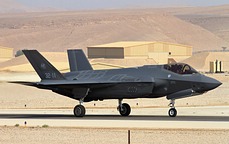
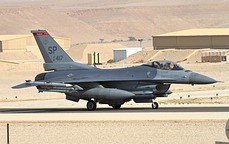
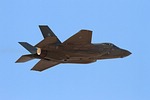
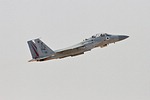
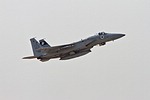
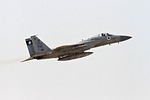
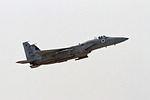
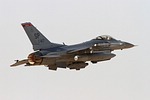
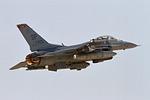
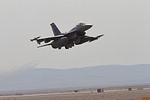
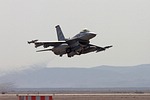
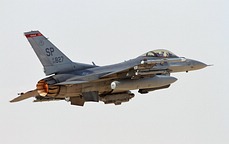

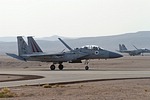
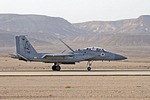
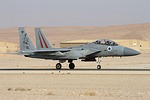
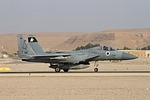
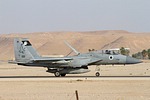
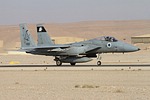
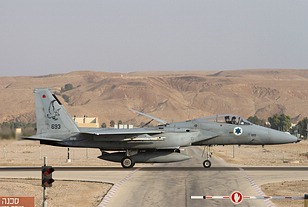
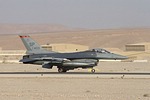
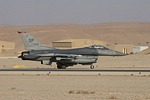
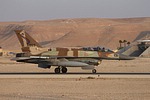
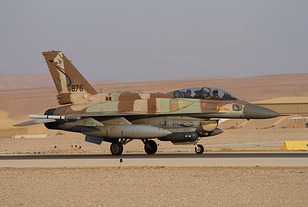
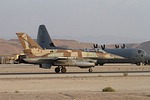
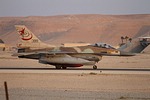
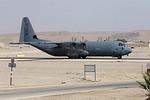
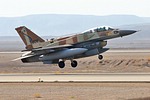
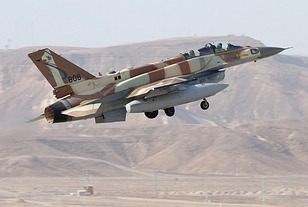
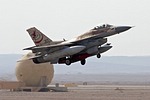
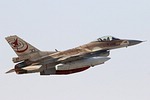
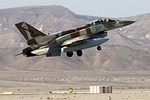

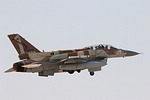
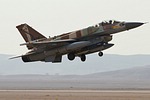
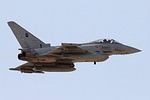
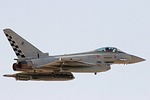
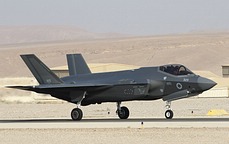
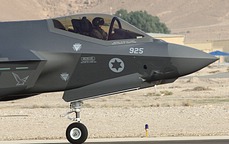
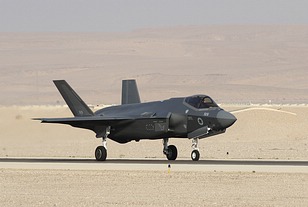
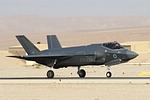
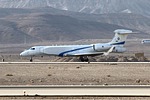
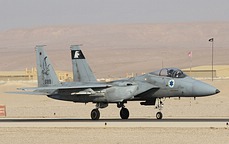
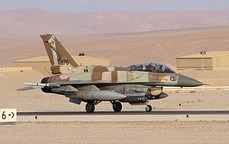
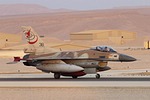
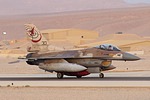
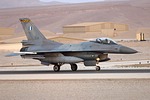
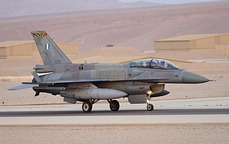
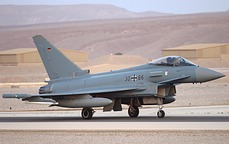
 Back to Index
Back to Index